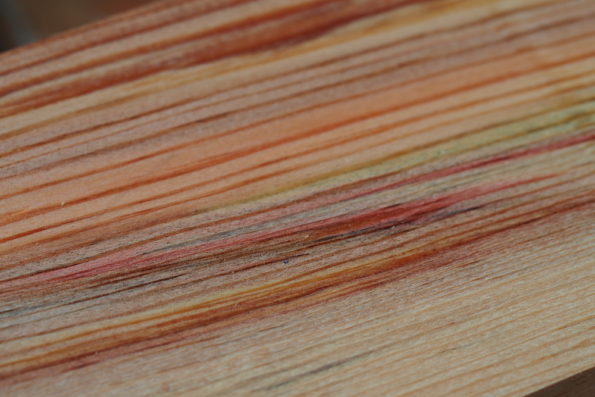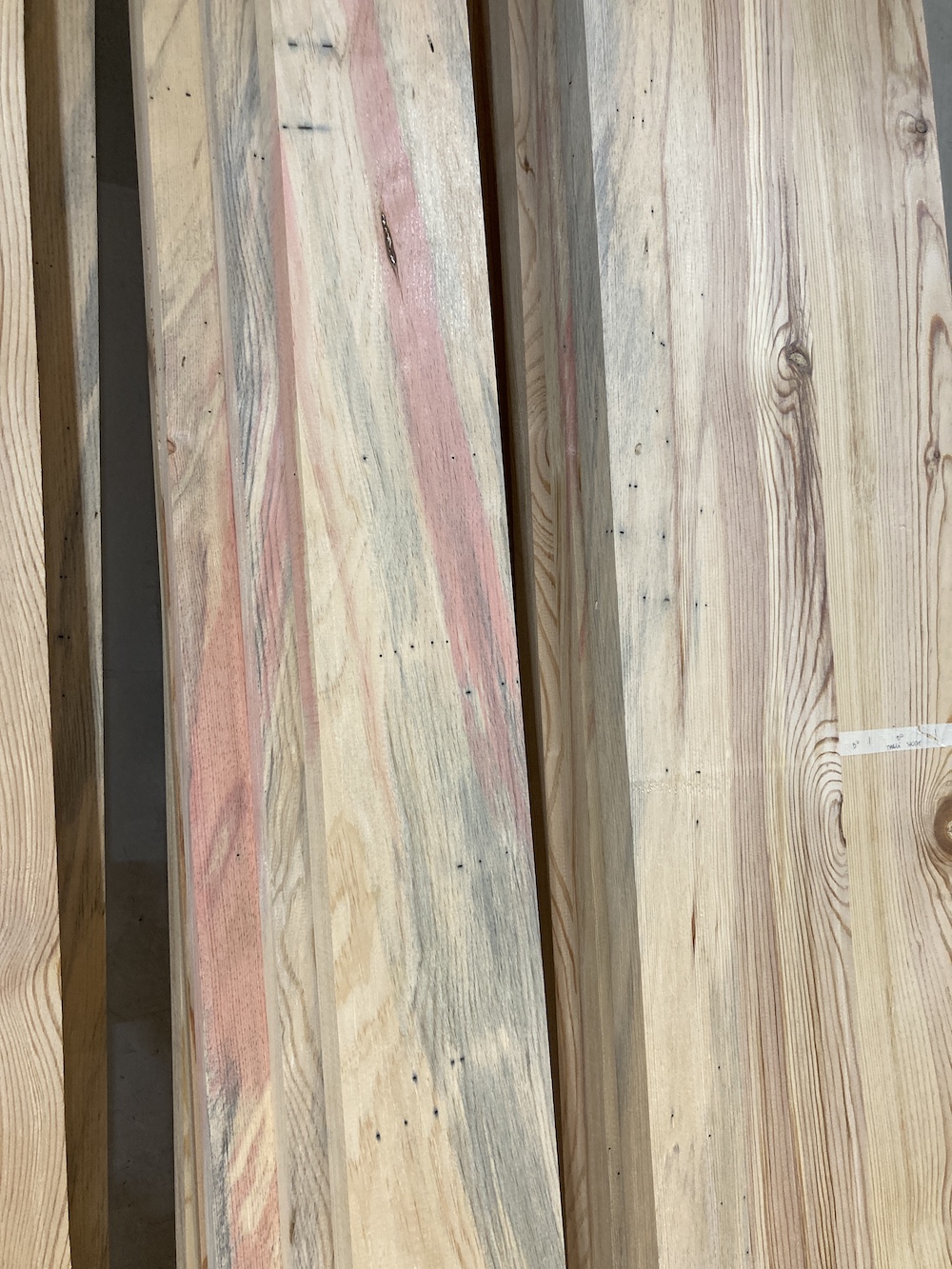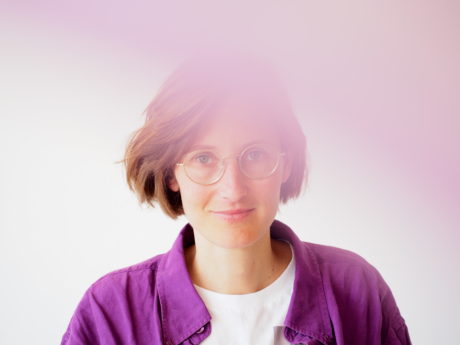Search
To search for an exact match, type the word or phrase you want in quotation marks.
A*DESK has been offering since 2002 contents about criticism and contemporary art. A*DESK has become consolidated thanks to all those who have believed in the project, all those who have followed us, debating, participating and collaborating. Many people have collaborated with A*DESK, and continue to do so. Their efforts, knowledge and belief in the project are what make it grow internationally. At A*DESK we have also generated work for over one hundred professionals in culture, from small collaborations with reviews and classes, to more prolonged and intense collaborations.
At A*DESK we believe in the need for free and universal access to culture and knowledge. We want to carry on being independent, remaining open to more ideas and opinions. If you believe in A*DESK, we need your backing to be able to continue. You can now participate in the project by supporting it. You can choose how much you want to contribute to the project.
You can decide how much you want to bring to the project.
 OLYMPUS DIGITAL CAMERA
OLYMPUS DIGITAL CAMERAMore than fifteen years ago I was invited to Talca, a provincial city in southern Chile surrounded by farmland, a city that had almost nothing and where I knew almost no one. A hostile, dusty place, where everything felt far away. I arrived in this land with a mindset focused on efficiency and technique. I thought of industrial manufacturing as a site of cultivation and serial production as a space of crafts.
I quickly noticed how the land questioned me. Out of curiosity, I organized weekend trips and traveled by bus around the southern corners of the country. I soon found myself looking for people who worked with their hands and with the land. I didn’t find regions with great traditions or artisanal experts, but rather I met and talked with people with an ecological view of the land in terms of matter, a new perspective for me. Thanks to their coarse voices, my discourse was transformed.
In the places I remember the most, the locals extracted materials from the earth, such as a green petrified volcanic ash, very soft and easy to work with, or clay from the south of Pichilemu from a deposit with a high content of minerals that produced a glittering terracotta, as well as animal-based materials such as Rari mane, horsetail or angora wool from white-haired rabbits.
These local processes of extraction required a minimal infrastructure and a regional supply, a productive process far from the large copper and lithium mines that extend through the north of Chile and which supply the international market with material for cheap electronics and batteries for the growing solar panel market.
A key point of my trip was in the Central Market of Talca, in a stall that sold small objects from the region, an archeology of a past that I did not recognize. When I looked at these objects, they seemed to me to be enigmatic elements made from familiar materials, almost as if they were alive. From my visits there I learned that they were made by Mapuches. This indigenous community mostly from southern Chile believes these objects have Alwé, a soul, which means that they exist on the same plane as people, and people must ask them for permission to use them. I still carry this belief within me. I have never delved into the concept, nor have I approached the community to understand more deeply the idea or the truth of such a belief. I didn’t need to question or rationalize it, it just entered into my body.
The part of Chile that I visited represents a minority and often precarious economy, however, much can be learned from these groups closely linked to the land, such as the combination of materials that coexist in different rhythms, that grow, develop and decompose in different temporalities, as well as those linked to the ecosystem in different phases of their being.
I made several visits to Chile over almost four years. Throughout the last year, I began to make small objects with local materials, a pragmatic but unsuccessful attempt to create an emotional connection with the land there.
It is clear that within our consumer society, we have created feelings that are linked to objects beyond that of their function. These feelings, bonds and obsessions are as powerful as they are fragile, with a very limited time span, but despite their volatility they have permeated our culture and our daily rituals in an unstoppable way.
It is not the objects themselves that fascinate me but rather their material nature, the Alwé of matter. The observation of seemingly inert matter has defined my practice over the years. I investigate, accumulate, reflect, transform and generate spaces for dialogue with matter. I find spaces for a conversation in which to discover sensory and emotional links while unraveling the politics of the processes, often violent, that make it possible. It is a process of reflection towards a material, social and process-based transformation, that is, a dialogue with matter.
The philosopher Jane Bennett, author of “Vibrant Matter”, speaks about these dialogues in her book and opens up the possibility of identifying life in that which we consider inert. The book explores the possibility of a living materiality of everything that surrounds us, from angora wool, pieces of horsehair, the swirl of volcanic ash, the storms that flood the fields, the sea, the ship, copper and lithium.
From Bennett, I came away with the need to understand the relationship of ecosystems, and with the search for an ecological opportunity of this emotional phenomenon of everything that surrounds us.
The difficulty to understand what lies beyond, to imagine, disables us from being able to see the inanimate as something with which we can identify, beyond being something inert. Perhaps now more than ever, it is through the arts and design where we can find the creative tools to recognize the vibration of matter and find new relational models.
My latest project arose from a meeting with Lídia Guitart, through the nyamnyam collective, when they presented the piece A Cuatro Patas (On Four Legs) at the Museu d’Art Contemporani de Barcelona (MACBA) together with Pedro Pineda. An itinerant project, in this version they highlighted the use of local wood. Lídia is part of Singular Wood, a small association of forest owners from Montnegre, a wooded area in Catalonia.
Catalonia, unlike other territories, is a region where the forests are young, occupy a large area and are very vulnerable to fires. This vulnerability is due to the economic disconnection with these pine, oak, and oak forests. These forests are no longer wild but rather the product of a human-nature relationship. Thanks to thinkers like Bruno Latour, we are beginning to accept that the nature that surrounds us is more of a space produced by human beings than wild nature typical of a pre-agricultural stage. Since they are not self-regulating, the forests of Catalonia depend on their relationship with man.
The removal of fallen or felled trees to favor slow-growing species are normally used as biomass. Singular Wood tries to claim the value of this wood beyond biomass. To support this project, I bought a stone pine from Montnegre that cost me around €500.
After some research of the bark, resin, leaves and branches, I began to work with the trunk. The wood was full of holes from woodworms and other yellow, blue, and pink animals and fungi had invaded the wood. It was a non-homogeneous, non-normative piece of wood, dissenting from the aesthetics of industrial wood, with irregularities due to growth within the forest.
My predisposition and methodology, through a dialogue with the material, made me question the idea of quality and led me to the need to create new definitions. To create a new definition one had to create a new relationship with matter, land and the processes, both natural and synthetic, that make matter possible. The idea of quality requires indigenous and eco-feminist influences in which human-non-human relationships are more fluid and allow for nuances and new approaches. To consider wood as living matter, especially wood that is in constant transformation due to the relationship with the fungi that dye it pink and blue, and other elements that accelerate its degradation, does not seem too radical, however, generating new kinds of relationships with objects made from this wood seems more complicated.
I am currently in Huelva writing this text inside the Diosa Maat, the sailboat of Ecologistas en Acción (Ecologists in Action). We are docked at the industrial port of Huelva and I am watching methane tankers enter one of the most important methane gas inlets in Europe. I can also see granary ships and ships from Chile carrying copper. Huelva is a territory we can call “sacrificed territory”, similar to the northern part of Chile but also to many others in the global south where industrial infrastructure is part of the ecosystem.
We arrived here by following the coast of Spain, passing through the area of the Mar Menor, a region affected ecologically due to the constant filtration of fertilizer and nutrients from the intensive crops in the area. A grassroots struggle has achieved for the first time in Europe[1]I also want to refer to Anna Dot’s Deixar-te córrer project, within the framework of Cap a les deus, Bòlit 2021, an artistic project about new legal structures for ecosystems. recognition of the legal status of the Mar Menor. From now on, the rights of this sea can be defended.
This is a great advance in the process of understanding the importance of what is not human and creating new legal structures to defend it. Is it possible to understand the agency of what in modern thought is considered inert? Is it possible to understand the ability of matter to stabilize an ecosystem? Is it possible for us to understand that, beyond our own lives, matter is related, linked and represents ecosystems and territories? Are we able to get out of a dualistic view and find new systems of relationship with matter, understanding the immaterial and relational vibration?
Matter evolves at a much slower rate than we do. Matter is alive and generates relationships with the rest of the ecosystem, whether they be toxic or symbiotic[2]Margulis, Lynn. Symbiosis in Cell Evolution: Microbial Evolution in the Archaean and Proterozoic Eons.. Is it possible to radically imagine another form of infrastructure that creates new social, political and legal relations? Can we recognize ourselves in matter?


Cris Noguer is designer and artist, trained in industrial design and product development at the University of Girona and in interior design at Parsons New York School. Her research is based on the limits of matter and production processes as a political, social and ecological tool. In recent years she has worked on exhibition formats, publications and installations.
"A desk is a dangerous place from which to watch the world" (John Le Carré)